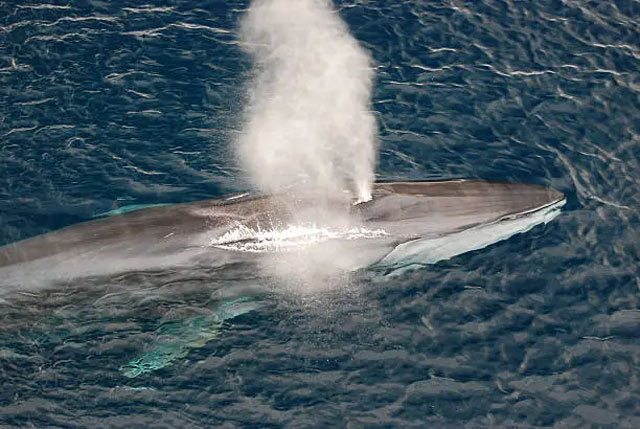Hi there! Every year, the world’s largest animals embark on one of nature’s most extraordinary journeys: migration. Whales travel thousands of miles through oceans, chasing food, breeding grounds, and warmer waters. For those of us lucky enough to witness these migrations, it’s like watching a miracle unfold right before our eyes.
In this post, I’ll take you through the incredible story of migrating whales you can see in the waters of Montauk, explain why they travel such vast distances, and help you appreciate the magic of their journeys. Let’s dive in!
Why Do Whales Migrate?
Whale migration is one of the most fascinating phenomena in the animal kingdom. Whales migrate primarily for two reasons: food and reproduction.
Breeding and Calving
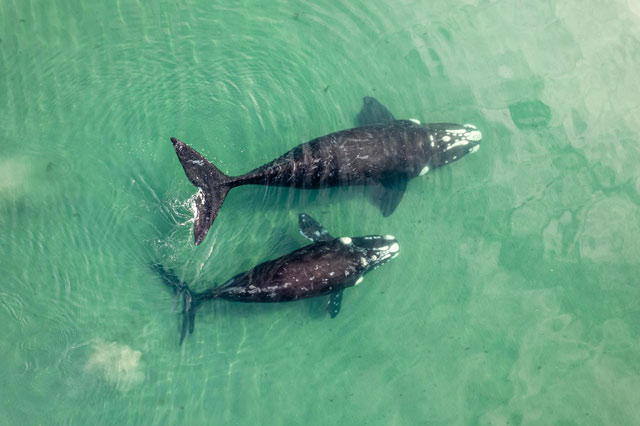
Warm tropical waters are ideal for giving birth because calves have less blubber and need protection from the cold. These waters also provide a safer environment, with fewer predators.
Chasing Food
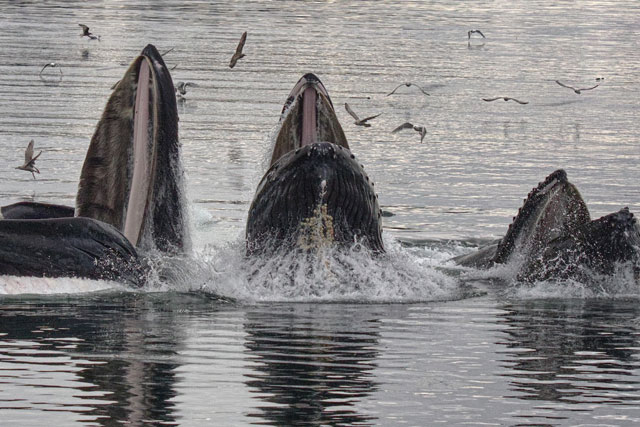
Whales feed in cold, nutrient-rich waters during the summer, where prey like krill and small fish are abundant. But when winter arrives and food becomes scarce, they head to warmer waters to conserve energy
Migrating Whale Species You Can See in Montauk
Each whale species has its own migratory path, often spanning thousands of miles. Let’s explore the incredible routes of whales you can see in Montauk:
Humpback Whales

Humpbacks are among the most well-traveled whales, migrating up to 16,000 miles annually. They’re also famous for their complex and haunting underwater songs, which can last for hours.
- Summer Feeding Grounds: Arctic and Antarctic waters.
- Winter Breeding Grounds: Tropical areas like Hawaii, the Caribbean, and Mexico.
- What to Watch For: Humpbacks are known for their spectacular breaches and tail slaps, making them a favorite among whale watchers.
North Atlantic Right Whales
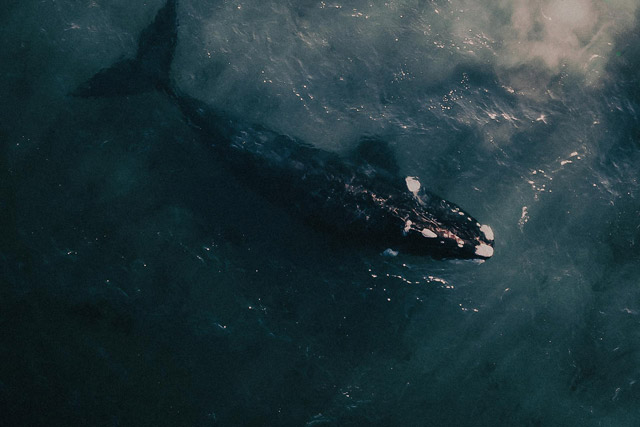
Critically endangered, North Atlantic right whales are rare but awe-inspiring sightings in Montauk’s waters. Conservation efforts aim to protect these gentle giants, whose population numbers fewer than 350 individuals.
- Summer Feeding Grounds: Off the coasts of New England and Canada, where they feast on copepods (tiny crustaceans).
- Winter Breeding Grounds: Warmer waters off the southeastern U.S. coast, particularly Georgia and Florida.
- What to Watch For: Their distinctive V-shaped blow, callosities (rough patches of skin) on their heads, and lack of a dorsal fin.
Sperm Whales
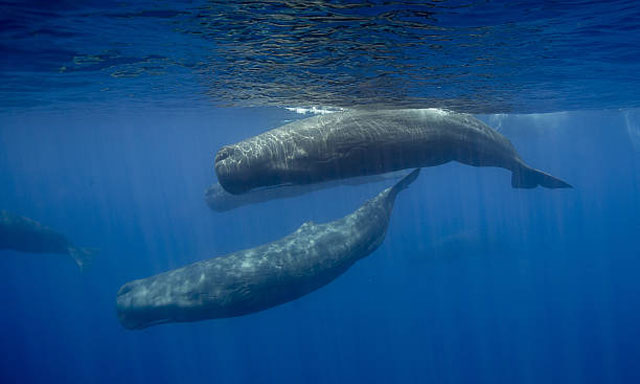
Sperm whales are deep-diving giants, known for their iconic square-shaped heads and long migrations. While they prefer deeper offshore waters, they’ve been sighted near Montauk, particularly farther out to sea.
- Summer Feeding Grounds: Deeper waters along the continental shelf and canyons.
- Winter Breeding Grounds: Tropical and subtropical regions.
- What to Watch For: Angled blowhole spouts, wrinkled gray skin, and the occasional tail fluke as they dive.
Minke Whales
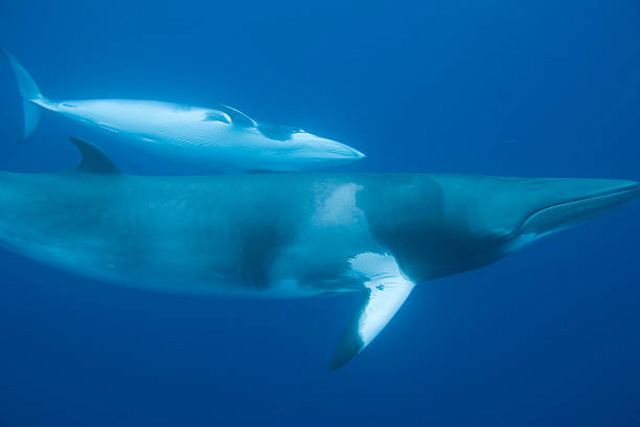
Minke whales are among the smallest baleen whales and are more common in Montauk than some realize. These sleek, fast swimmers can be elusive but are frequently spotted during whale-watching trips.
- Summer Feeding Grounds: Cooler, nutrient-rich waters in the North Atlantic.
- Winter Breeding Grounds: Unknown, but likely in subtropical areas.
- What to Watch For: A curved dorsal fin, streamlined body, and tendency to surface quickly and disappear just as fast.
Fin Whales
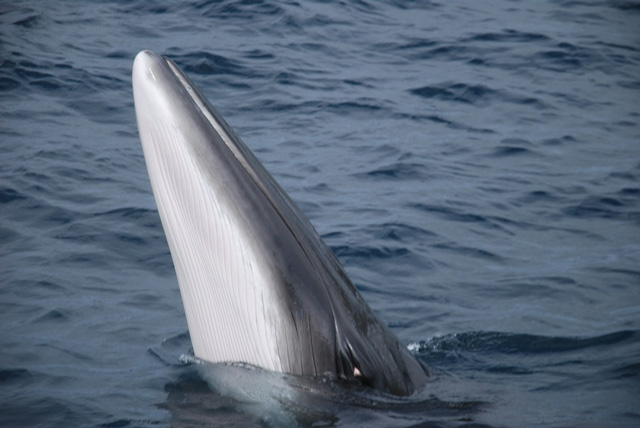
Fin whales are the second-largest whales in the world and regular visitors to Montauk’s waters. Known as the “greyhounds of the sea,” these whales are fast and graceful swimmers.
- Summer Feeding Grounds: Cold, rich waters off the coasts of New England and Canada.
- Winter Breeding Grounds: Tropical and subtropical regions, though specifics are less documented.
- What to Watch For: A tall, columnar blow and a sleek body with an asymmetrical white patch on the lower jaw.
Sei Whales
Sei whales are sleek, fast-moving baleen whales that occasionally pass through Montauk’s waters. Sightings are rare, making them an exciting find for whale watchers.
- Summer Feeding Grounds: Offshore waters in temperate and subpolar regions.
- Winter Breeding Grounds: Subtropical waters, though migration patterns are not fully understood.
- What to Watch For: A small, falcate dorsal fin and a smooth, streamlined body.
Pilot Whales
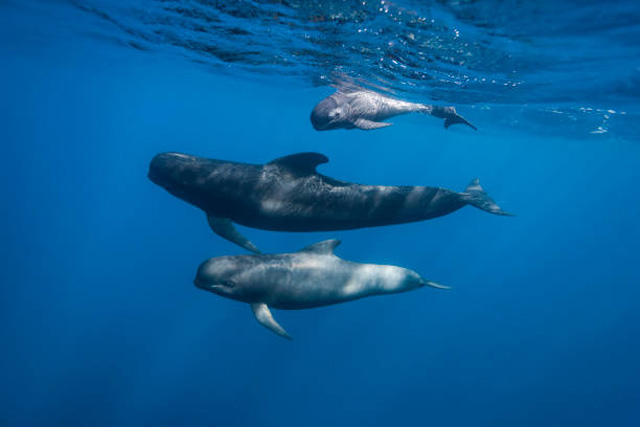
Pilot whales, technically members of the dolphin family, are social and intelligent marine mammals often spotted in pods. Though more commonly seen farther offshore, they occasionally venture closer to Montauk’s coast.
- Feeding Grounds: Unlike migratory species, pilot whales tend to remain in deep waters year-round, following squid and small fish.
- What to Watch For: A rounded, bulbous head, long pectoral fins, and tight-knit pods surfacing together.
How to Spot Migrating Whales
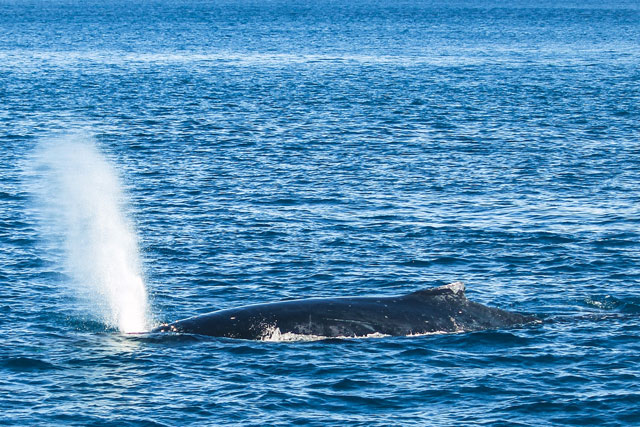
Montauk is a prime location for observing migrating whales, particularly during their seasonal journeys.
- Look for Spouts
A whale’s spout, or blow, is often the first sign of its presence. Each species has a distinct blow shape and height. - Watch for Surface Behaviors
Breaching, tail slapping, and fin waves are all common signs of migrating whales.
Pro Tip!
Use binoculars or a spotting scope to get a clearer view of whales in the distance.
Challenges Whales Face During Migration
Despite their size and strength, migrating whales face numerous threats.
- Ship Strikes
Busy shipping lanes often intersect with migratory routes, posing a significant danger to whales. - Climate Change
Rising ocean temperatures can disrupt whale food supplies and migratory patterns. - Entanglement in Fishing Gear
Whales can get caught in nets and fishing lines, leading to injury or death.
Pro Tip!
Support organizations that promote sustainable fishing practices and marine conservation to help protect whales on their journeys.
The Role of Whales in Ocean Ecosystems
Migrating whales play a crucial role in maintaining the health of our oceans.
- Nutrient Distribution
Whales bring nutrients from the depths to the surface through their feeding and excretion, stimulating phytoplankton growth. - Carbon Sequestration
When whales die, their bodies sink to the ocean floor, trapping carbon for decades or even centuries.
Fun Fact!
Whale migrations have been happening for millions of years—some of the same routes they use today were established before the Ice Age!
Tips for Enjoying Whale Migration Season
- Plan Your Visit During Peak Migration Times
Research the best times of year to see migrating whales in Montauk. Typically, late spring to early fall offers the highest chances of sightings. - Bring Binoculars for Close-Up Views
Even if you’re on a whale-watching boat, binoculars can help you get a detailed look at whales in the distance. They’re also great for spotting other marine life. - Dress in Layers
The ocean breeze can be chilly, even on sunny days. Wear layers so you can stay comfortable throughout the excursion. Waterproof outerwear is also a great idea. - Choose a Responsible Tour Operator
Opt for whale-watching tours that prioritize eco-friendly practices, such as keeping a safe distance from whales and minimizing disturbances to their natural behavior. - Be Patient and Enjoy the Scenery
Whales may not appear right away, but the anticipation is part of the excitement. Use the downtime to enjoy Montauk’s stunning seascapes and other marine life, like dolphins or seabirds. - Capture the Moment Thoughtfully
While snapping photos or videos can be exciting, don’t forget to take a moment to simply observe and appreciate these incredible creatures with your own eyes. Sometimes, the best memories are those we experience firsthand.
Conclusion: A Journey Worth Celebrating
Witnessing whale migration is more than just a breathtaking sight—it’s a reminder of the incredible resilience and beauty of our natural world. By understanding their journeys and supporting conservation efforts, we can help ensure these migrations continue for generations to come.
Whether you’re on a boat, on the shore, or just reading about it, whale migration is a story of endurance, adaptation, and the unbreakable bond between these gentle giants and our oceans.

